Indigenous Peoples: Perspectives, Cultural Roles and Health Care Disparities
In this book, Chapter One addresses the diversity of Brazilian indigenous peoples, their history, and basic elements of distinct ethnic groups, such as their languages, social organization, rituals, myths, values, habits, and artistic expressions. Chapter Two describes some settings in which children learn about their way of life, in the framework of interactions with peers and more experienced people. It also explores how drawings and models made by children can tell stories about children´s preferences, expectations and future horizons, and reflects on how intergenerational and peer interactions involve transmission, adaptation, questioning and innovation of knowledge and skills necessary to dwelling in changing environments. Chapter Three provides a picture of mid-20th century lifestyle practices of Eeyou women when pregnant and breastfeeding with the aim to provide information that could potentially be used to improve culturally competent prenatal and postnatal care for Eeyou women. Chapter Four discusses disparities in medication use among elder American Indians. Chapter Five provides a conceptual overview of mental health disparities, historical realities, and sociocultural barriers of American Indians and Alaska natives.
{{comment.content}}
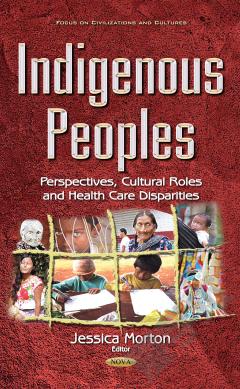
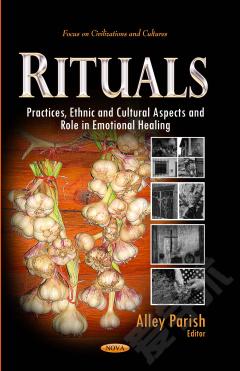
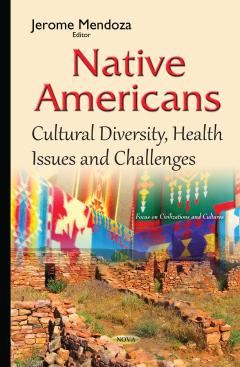
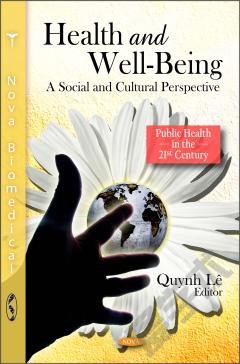

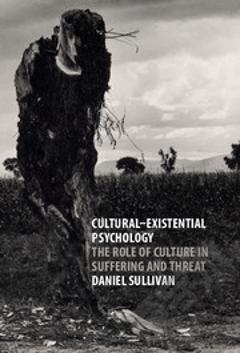
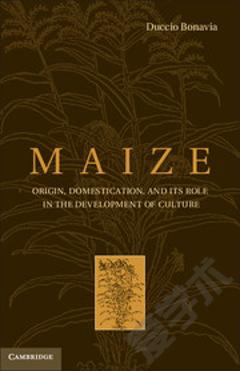

 京公网安备 11010802027623号
京公网安备 11010802027623号